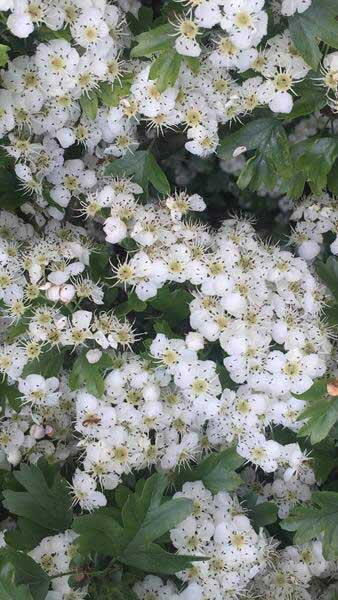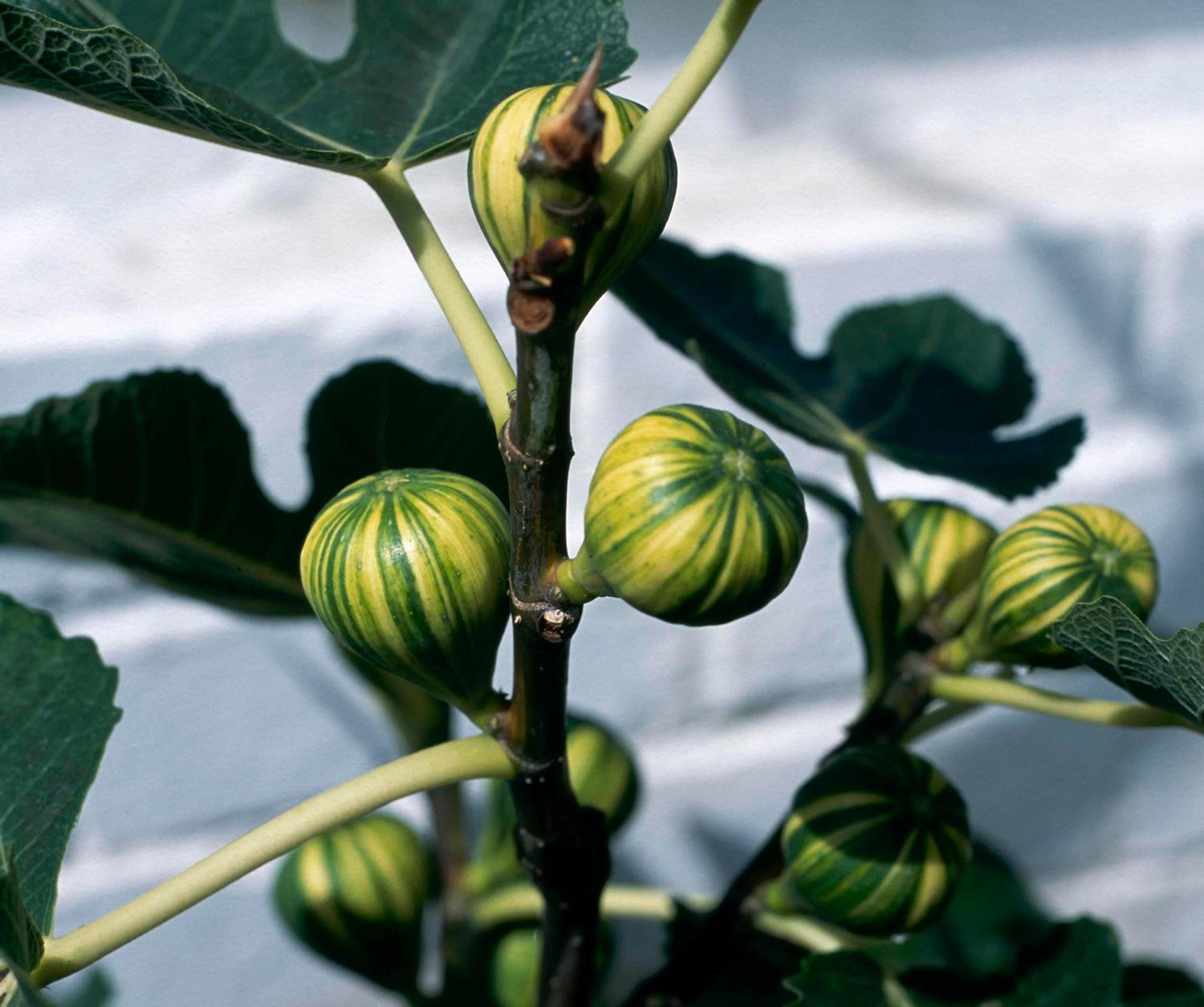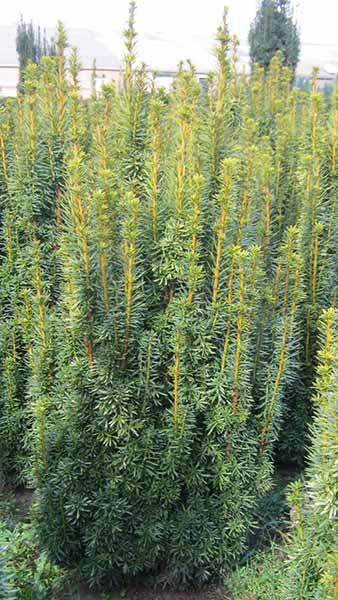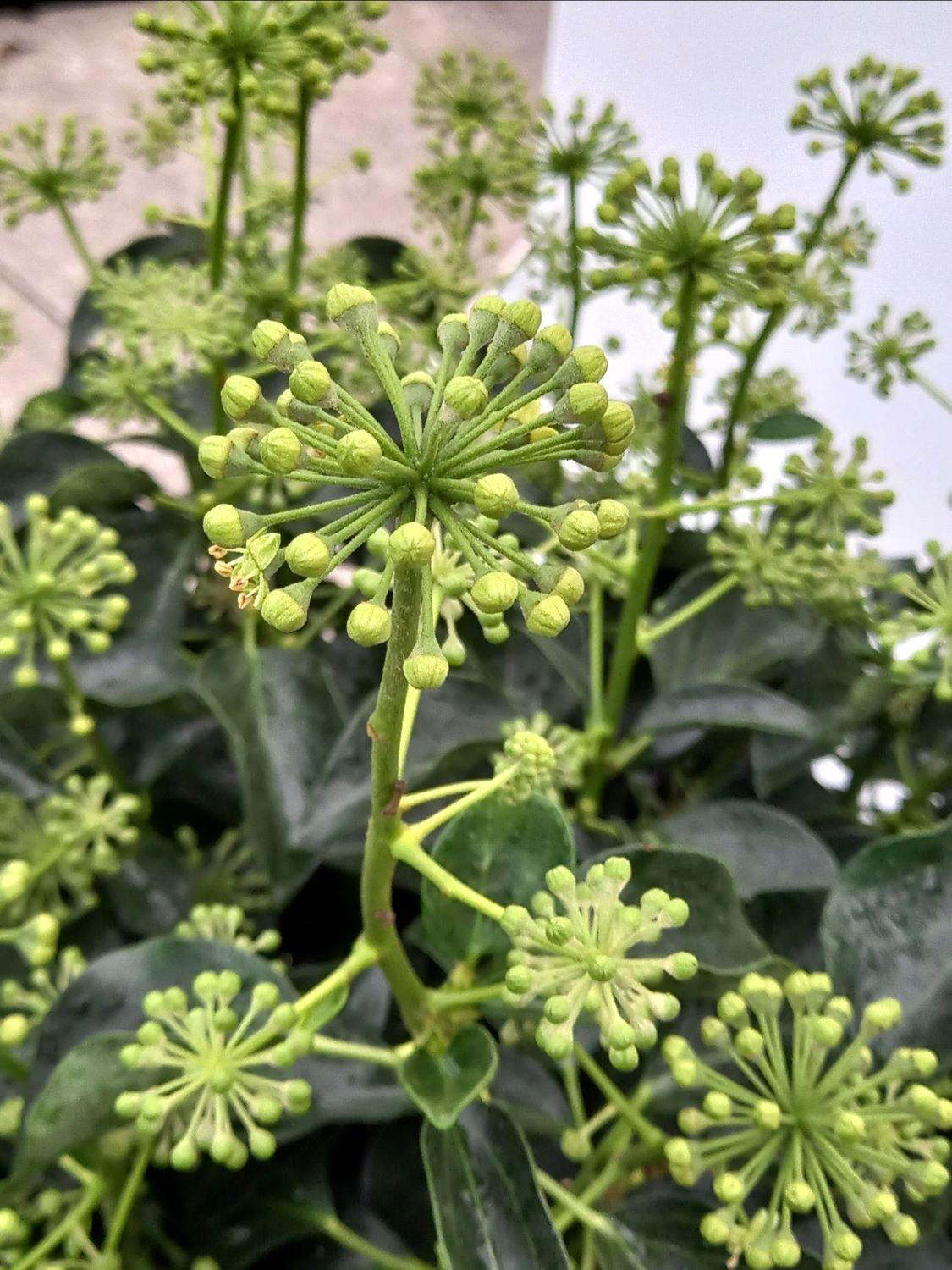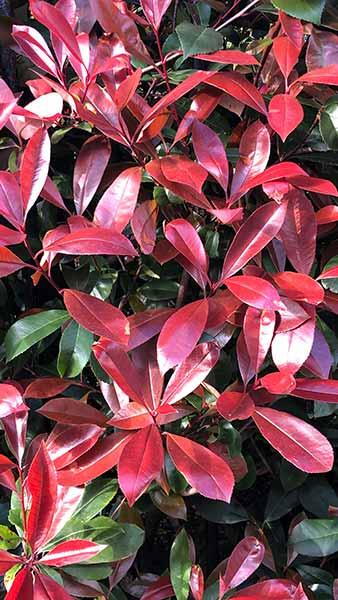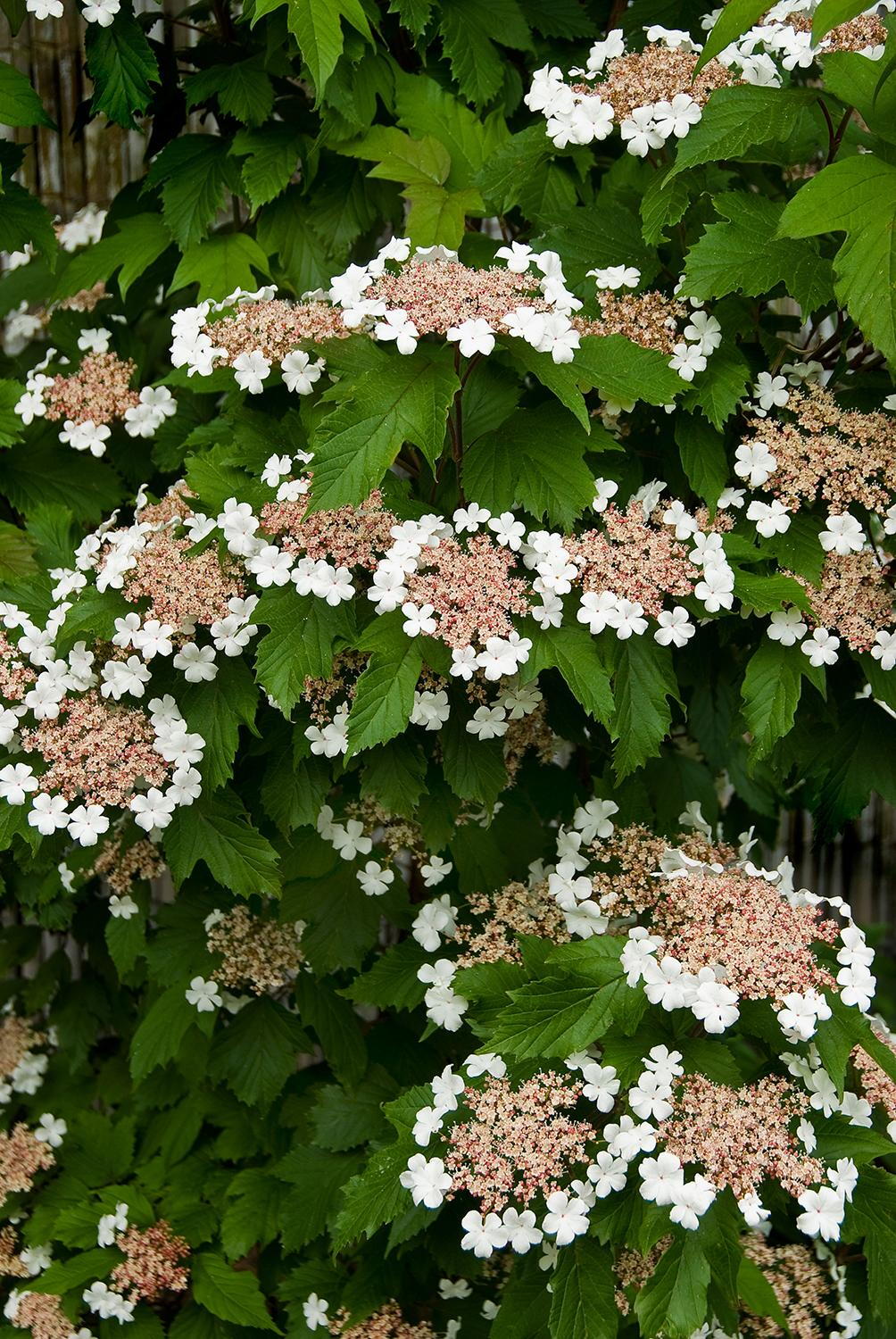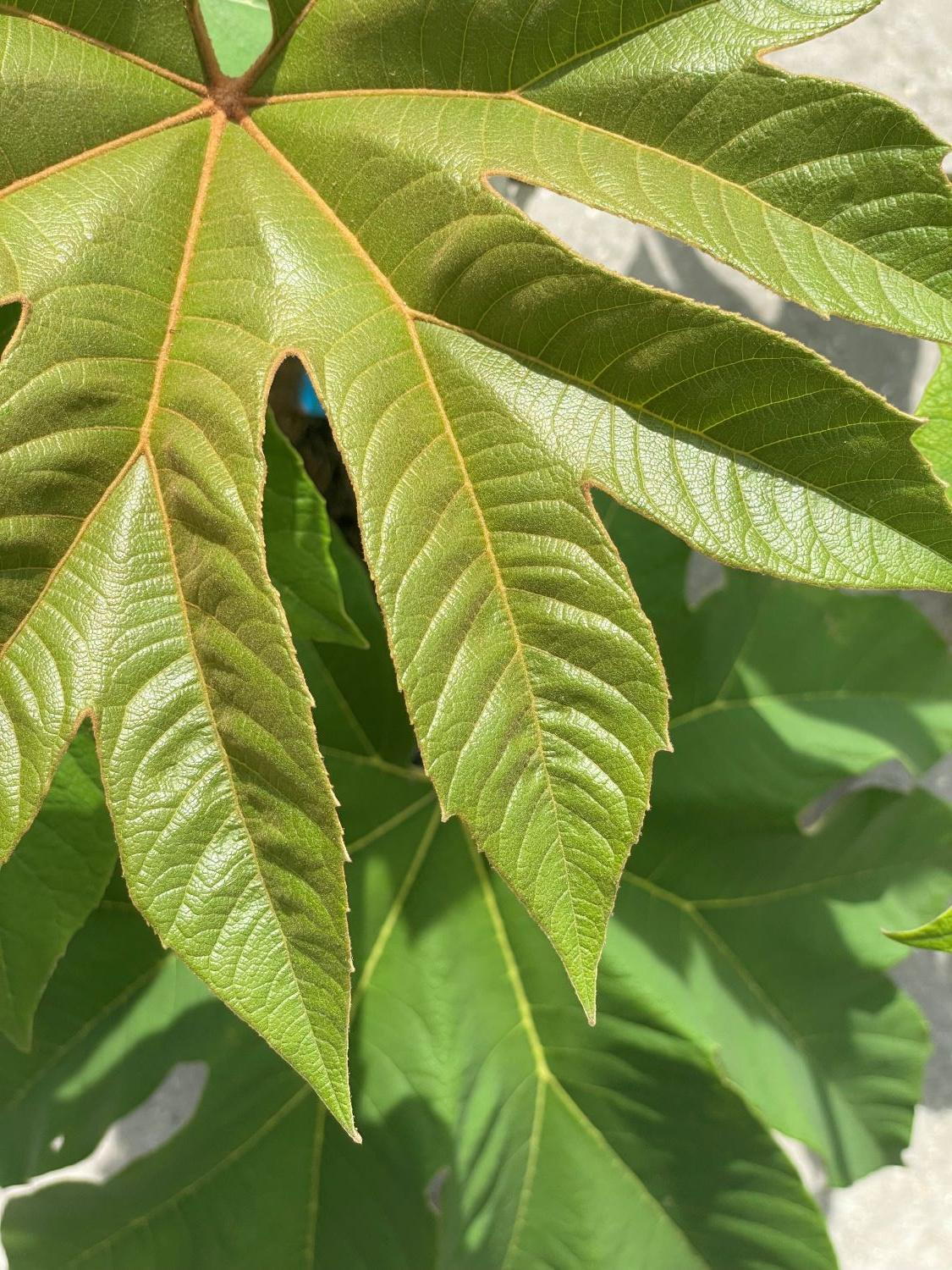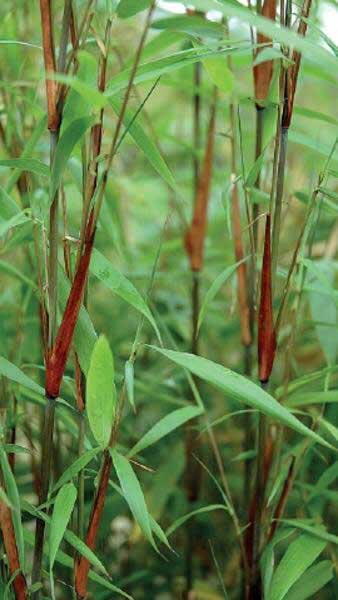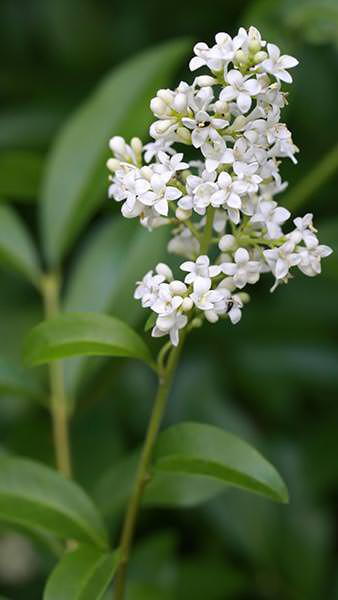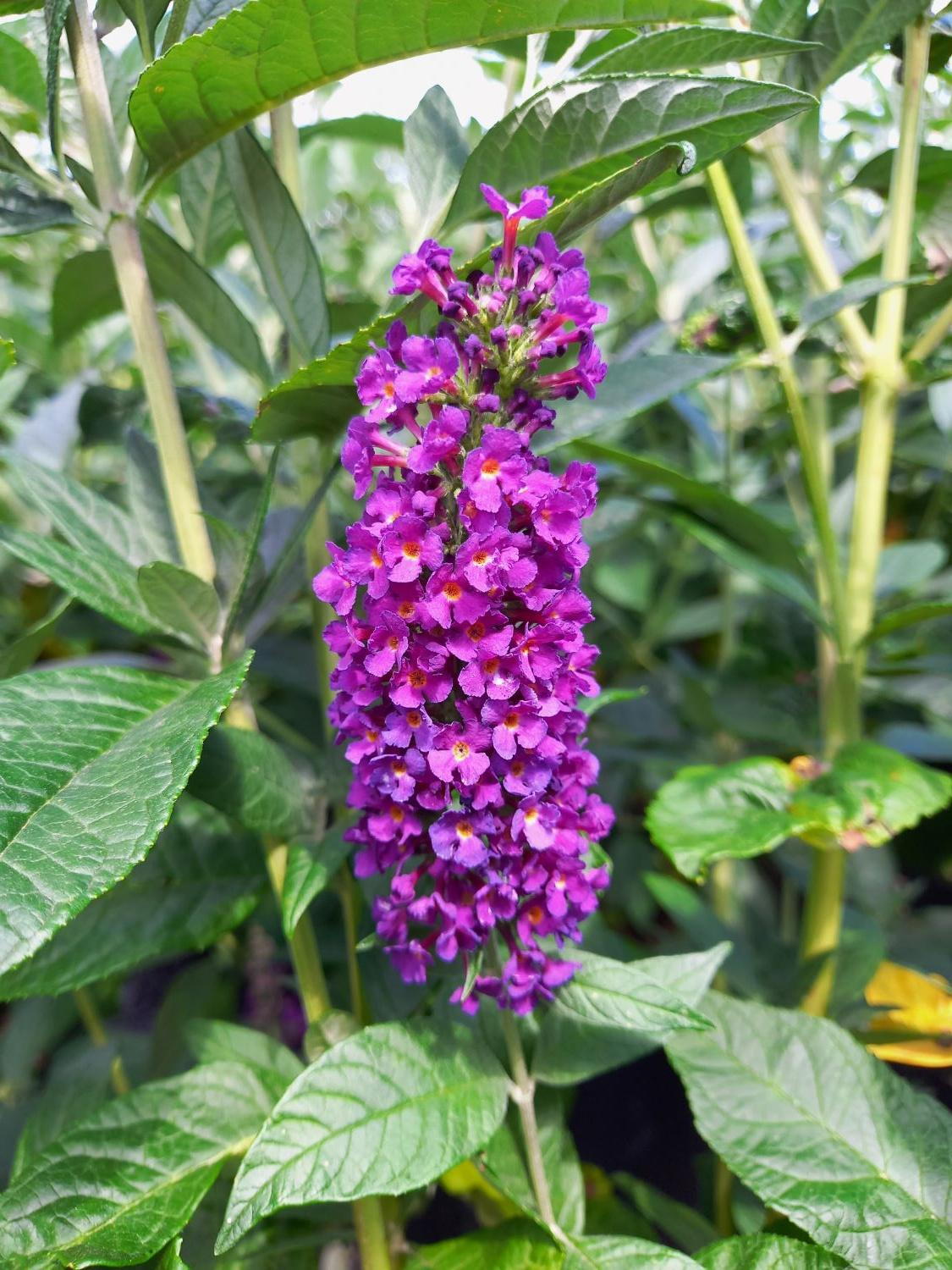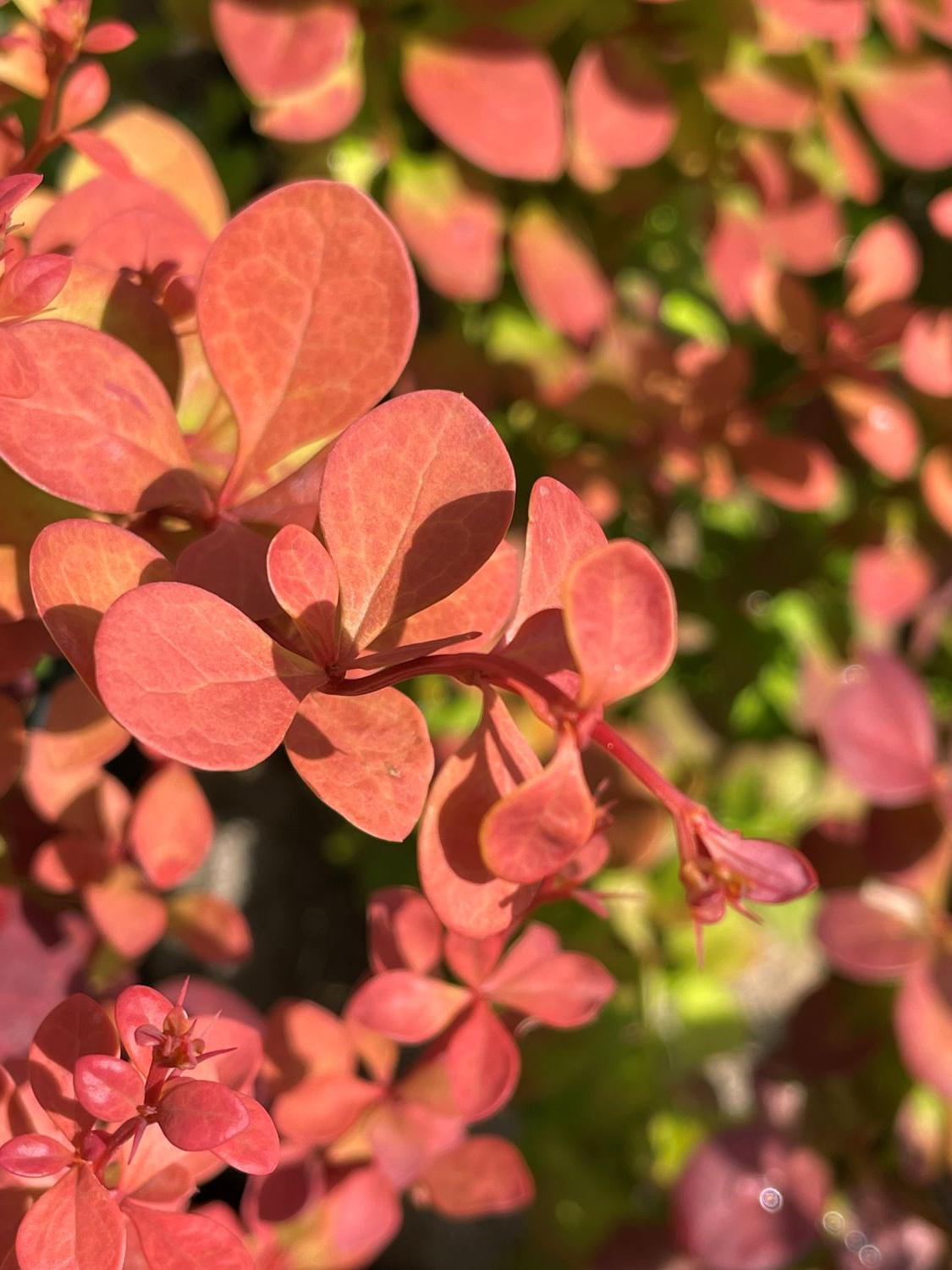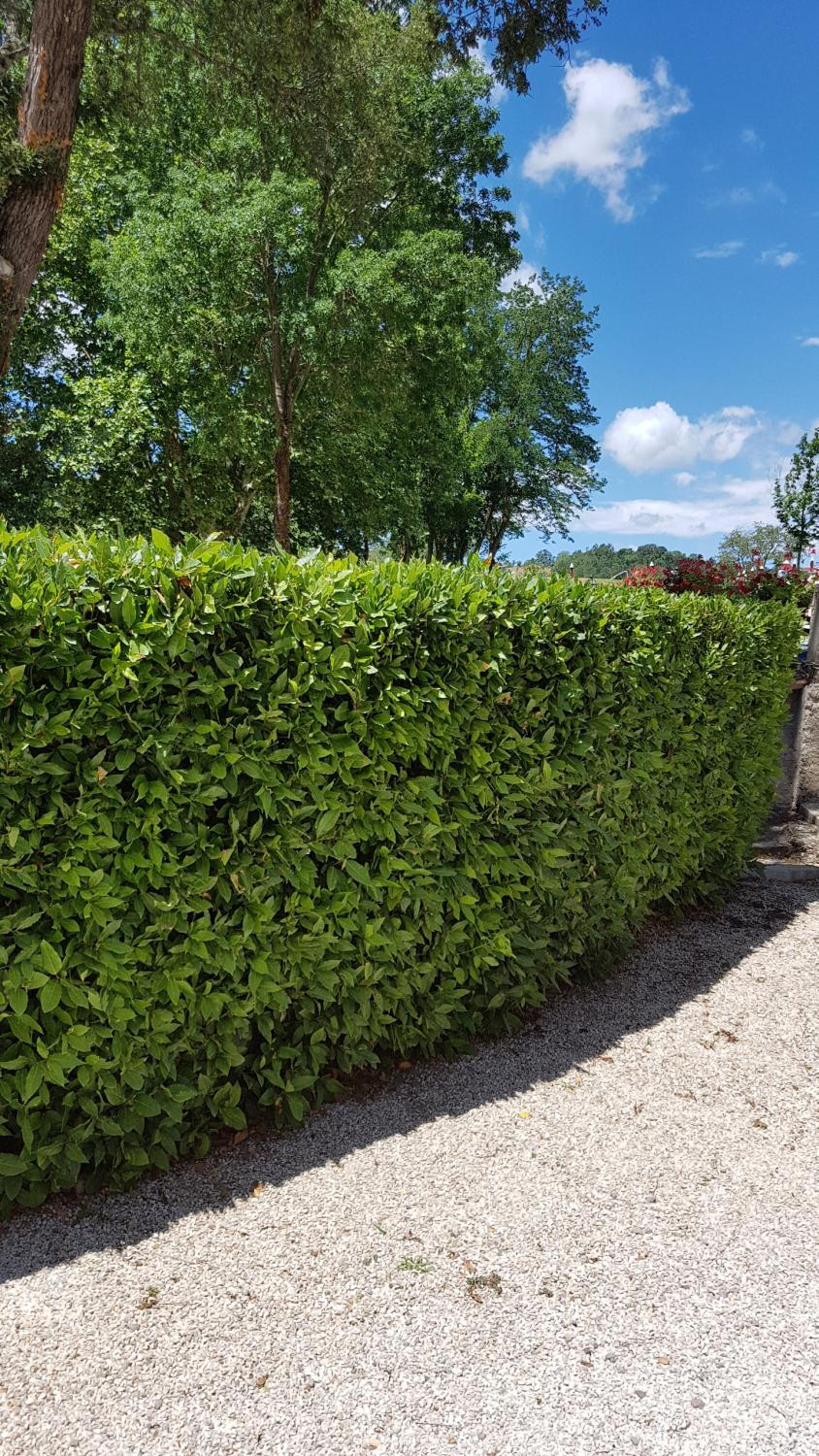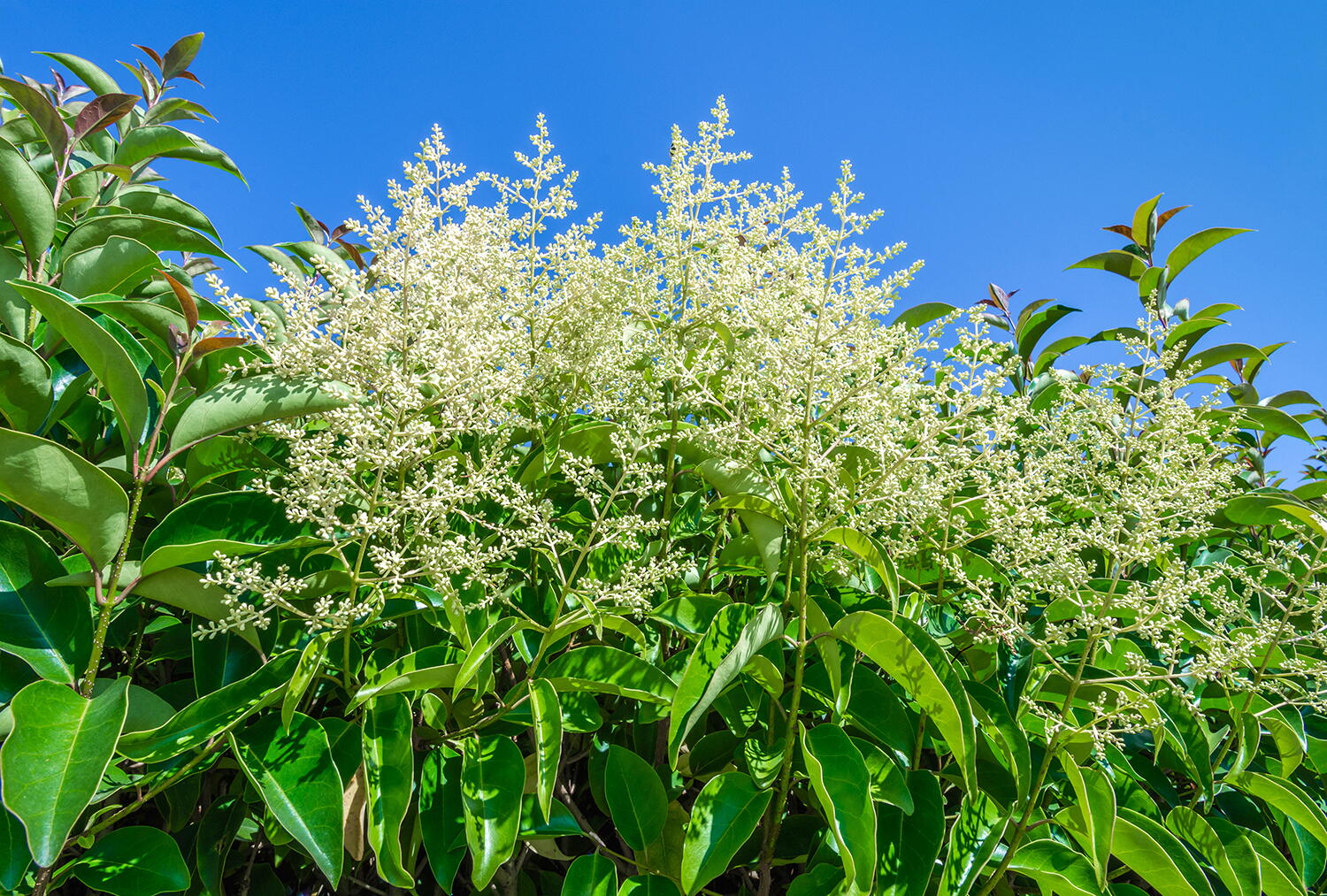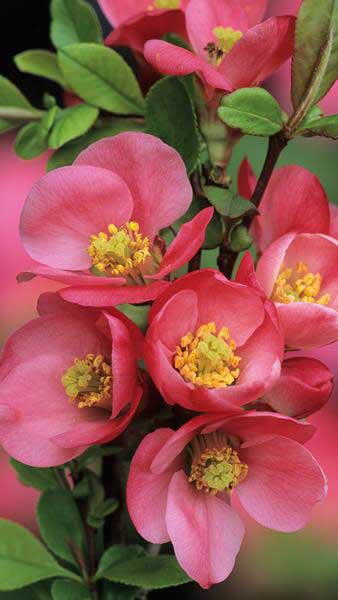Hedera Helix Arborescens. Ivy Arborescens. Arborescent Ivy
Hedera Helix Arborescens or Ivy ArborescensIvy Arborescens is a unique form of the Ivy group, as it grows more as an evergreen shrub than a climber as you might be accustomed to. Hedera Helix Arborescens also has a wide range of suitability in terms of light requirements, able to thrive from full sun to full shade. This beauty can be used as a general garden addition, will grow in containers, as a mass planting, or as a shrub you can shape and prune at will.Also known as ‘Tree Ivy’, Arborescent Ivy and Ivy Arborescens, the Hedera Helix Arborescens will reach an ultimate height of about 1.0 metre and a similar spread of about 1.0 metre in the 5-10 years it takes to reach full maturity. They are known for their longevity, and can easily live to be 30 years old.A member of the Genus Hedera and Family Helix (English Ivy), the Arborescens variety is very dense. Being a non-climber, its growth habit is upright to rounded, with glossy, heart shaped or fan shaped green leaves of a mid to bright green hue. Ivy Arborescens sends a white flower, almost greenish white at times, in the autumn season. Once pollinated, it produces a blueish black fruit. It fills in well at its lower portions near the ground, so it can stand on its own visually in your placement, and doesn’t really need another lower growing specimen to fill in the visual perspective.A side note would be that it is not an edible by any means…it will cause severe discomfort upon ingestion, and can irritate sensitive skin to the touch. Hedera Helix Arborescens prefers fertile, humus-rich soil which retains moisture within the soil, but drains well at the same time. Textural classes from chalky through to clays, loams and sands will all support this shrub. It can persist in a fairly wide pH range, tolerating alkaline and salt prone soils as well. It is hardy to zone H4 in the UK and Ireland, and with its wide range of sunlight spectrum can do well in most any aspect, from North to South to East to West in order of preference. It can also grow in exposed or sheltered positions. Although if you are in a colder zone with your Ivy Arborescens in an exposed position, consider mulching it well to further protect the roots from exposure.Other uses and applications include banks and slopes, city gardens, informal or cottage gardens, as a border along a garden bed or as part of a rooftop garden. In a mixed bed, plant with shrubs of constasting folaige for vibrant effects such as Euonymus and red foliage Berberis.
